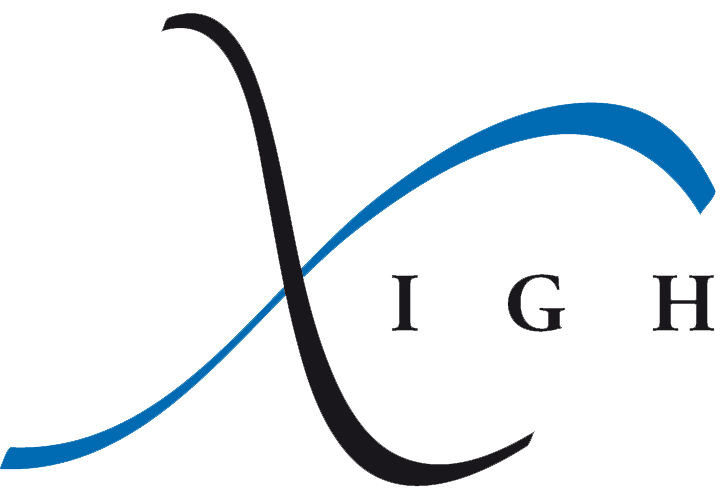Our group has strong interests in gene expression mechanisms, from transcription to translation. While we are interested in the regulation of these processes and their functional consequences, the big question that moves us is to understand how they occur in the context of a living cell.
Indeed, cells are not only the individual units where gene regulation takes place, but they are also incredible objects: if we consider RNA and proteins, a typical cell contains several hundreds of thousands of different molecular species, with some present in millions of copies per cell while others in only few. In order to function with such a high complexity within a crowded molecular environment, cells rely on two main tools: (i) chaperones specialized in the control of molecular interactions; (ii) a remarkable degree of spatial organization, which also allows a high plasticity and a high dynamics of molecules. It is to get insights into these very fundamental questions that we first developed tools to image single mRNAs in live cells. With these tools in hands, and others that we developed later, we aim at imaging the basic mechanisms of gene expression directly in living cells, thereby providing a renewed vision of these fundamental processes.
Our strategy is to invest in methodological developments to access and image new facets of gene expression, usually at the levels of single molecules. These developments are mostly focused on imaging RNA metabolism and they are guided by our current scientific questions.
Methodological developments require multidisciplinary approaches, and we have therefore developed a stable network of collaborators who complement our own expertise. This includes the groups of: (i) C. Zimmer and F. Müller (Pasteur Institute, Paris; https://research.pasteur.fr/en/team/imaging-and-modeling/), a physicist team with a great expertise in image analysis; (ii) T. Walter (Curie/Ecole des Mines; Paris; http://members.cbio.mines-paristech.fr/~twalter/), an applied mathematician expert in high-content microscopy and in complex, high-dimensional dataset analysis; (iii) O. Radulescu (Montpellier University; https://systems-biology-lphi.cnrs.fr/), a mathematician expert in modeling biological processes. More recently, we initiated collaborations with chemists to develop novel RNA probes and biosensors.
Our group works in three main areas: transcriptional and translational regulation, as well as chaperone-mediated control of molecular interactions.
